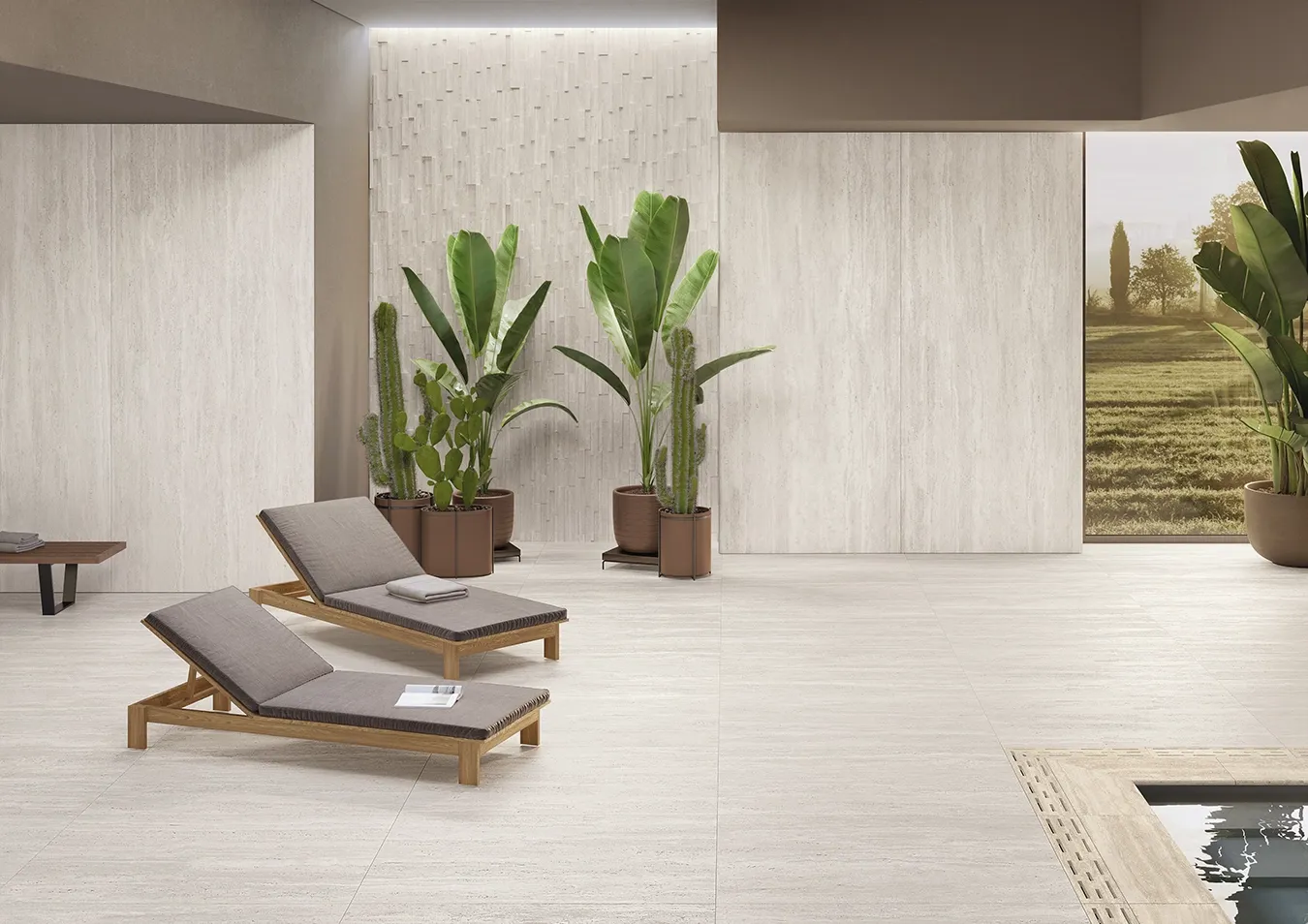Marble in Italy’s architectural and cultural history
Marble was widely used in Roman constructions, to build arches, temples and columns, and for decorations. "Marmor lunensis", or white Carrara marble, was especially popular due to its rich, distinctive details, and was used for the bas-reliefs of Trajan’s Column and the decorations on the Arch of Constantine.
In the homes of the late-Republican Roman aristocracy, marble was an indication of prestige and wealth, and was widely used for interior décor features, such as the marble inlays on the floors of the most important rooms.
After the fall of the Roman Empire, the marble was re-used by the Popes and the noble classes to embellish their churches and palaces, and the ruins of ancient Rome were used as a sort of luxury quarry. Portasanta marble, considered the main symbol of the Rome of the Popes, was used to cover the jambs of the Holy Door in the major basilicas of the city.
One of the most emblematic constructions of Rome, the Colosseum, was originally covered with marble, statues and decorations. When the structure was abandoned, the marble was used to build papal palaces and numerous churches throughout the city.
During the Middle Ages, marble maintained a leading role in art and architecture, especially in the Christian cathedrals. The famous Cosmatesque floors, first created in Italy between the 12th and 13th centuries, are emblematic of this period. These works of art, created by the Cosmati family and by other Roman marble workers, used ancient materials in creative combinations to shape extraordinarily beautiful, elaborate floors. This period was also characterised by an innovative re-use of ancient marble, not only for financial reasons, but also for the purposes of artistic expression, transforming the grandeur of ancient Rome into new, Christian forms. Marble thus remained an essential material for both ecclesiastical and secular constructions, testifying to the continual evolution of art and architecture through the centuries.













